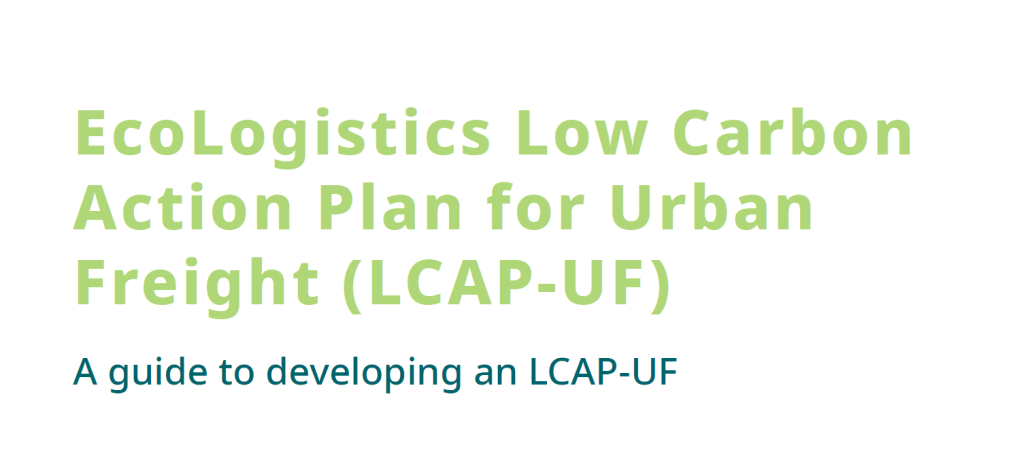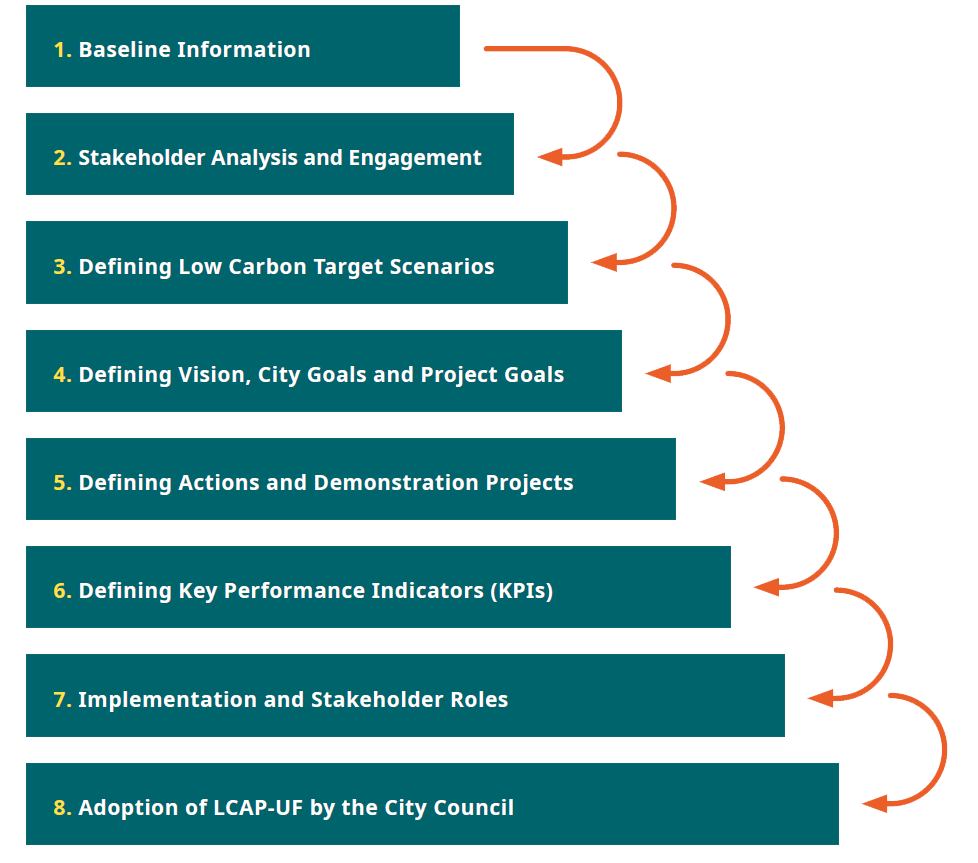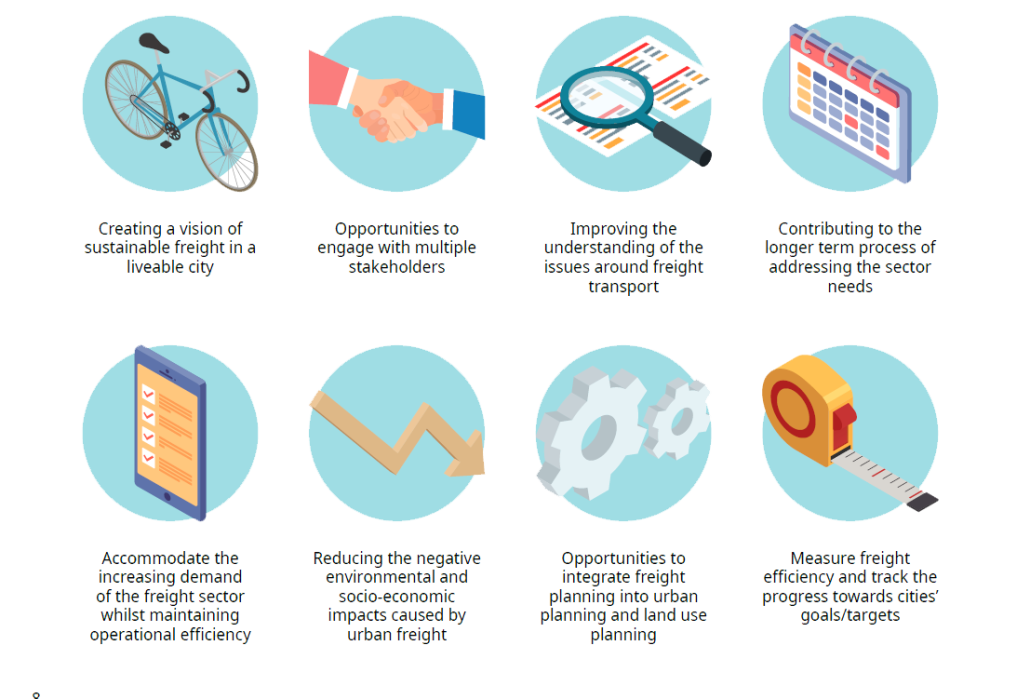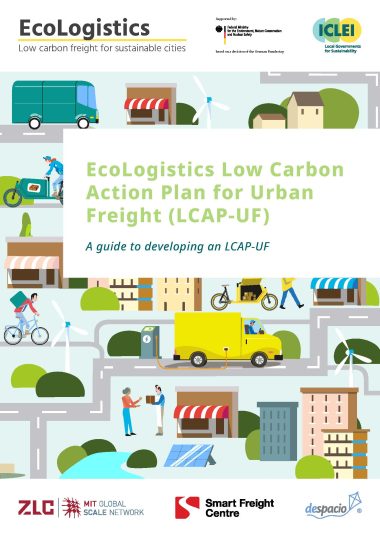

Why is this guidebook needed?
As global freight demand will grow in the coming years, so will its negative externalities, such as traffic congestion, Greenhouse gas (GHG) emissions, air pollution, noise pollution, traffic accidents, safety concerns, and land-use severance. For this reason, more local and regional governments should include freight as a critical component in their climate action plans.
What is a Low Carbon Action Plan for Urban Freight (LCAP-UF)?
Why develop an LCAP-UF?
LCAP-UF will provide a roadmap to authorities in enhancing the freight movement and operations with a low carbon approach aiming to reduce GHG emissions. It facilitates a safe, socially inclusive, accessible, reliable, affordable, fuel-efficient, environmentally friendly, low-carbon, and resilient freight movement in the city.

Steps of an LCAP-UF Development Process

Benefits of developing an LCAP-UF

The way forward
LCAP-UF is a starting point for cities to start thinking about freight transportation and embed it as part of city development plans, mobility plans, clean air action plans and climate action plans etc. It is intended to be a catalyst and should be flexible to include any important aspect related to freight movement.
The following characteristics are important for the success of the developed LCAP-UF:
- Involve all stakeholders in the development phase
- Clearly define goals and target scenarios
- Be a continuous process, it should be revised at a fixed time period, e.g. 2-3 years.
- The results of implemented actions, along with goal achievement of measures,must be reviewed and evaluated constantly, and achievements should be shared to gain traction from the stakeholders
- Freight transport related data has to be continually or periodically collected and updated.
- Should be flexible

